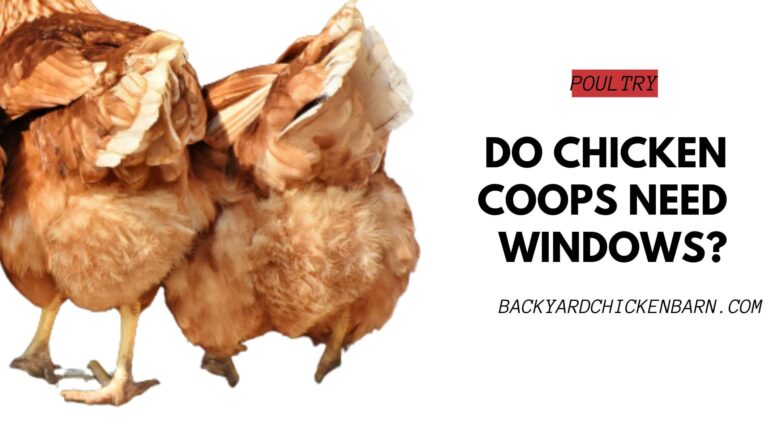The Andalusian Chicken Breed Profile
The Andalusian chicken breed, also known as the Blue Andalusian, is an attractive and hardy breed known for its striking blue plumage and active nature. Originating in Spain, this breed is prized for its beauty, good egg production, and adaptability. Here’s an in-depth look at the Andalusian chicken breed:
Overview of the Andalusian Chicken Breed
Origin and History
- Developed In: Spain
- Time Period: 19th century
- Purpose: Primarily egg production and ornamental
- Background: The breed originated in the Andalusia region of Spain and was introduced to England in the mid-19th century, where it gained popularity for its distinctive blue plumage.
Key Characteristics
- Size: Medium, with males weighing around 7 pounds and females about 5.5 pounds
- Lifespan: 5-8 years
- Temperament: Active, hardy, and curious
- Color Variety: Blue, but also appears in black and splash due to the genetics of blue coloring
- Comb Type: Single
Appearance
- Body: Slender and upright with a well-proportioned build
- Feathers: Blue with a lacing of darker blue around the edges; the breed also has black and splash color varieties
- Legs: Slate blue, clean, and unfeathered
- Eyes: Dark and expressive, typically reddish-bay
Advantages of Raising Andalusian Chickens
Egg Production
- Egg Size: Medium to large
- Egg Color: White
- Production Rate: Approximately 150-200 eggs per year
Ornamental Value
- Unique Appearance: Their beautiful blue plumage and active nature make them a standout in any flock
- Exhibition: Popular in poultry shows due to their striking looks and elegant appearance
Temperament
- Active and Hardy: Well-suited for free-range environments and good foragers
- Independent: Can be somewhat flighty, making them better suited for more experienced keepers
Adaptability
- Heat Tolerance: Well-suited for warmer climates due to their Mediterranean origins
- Cold Tolerance: Fairly cold-hardy but may need extra care in extremely cold climates
Considerations When Raising Andalusian Chickens
Space Requirements
- Coop Space: Provide at least 4 square feet per bird inside the coop to prevent overcrowding
- Run Space: At least 10 square feet per bird in the run, more if free-ranging
Feeding
- Diet: Balanced diet with sufficient protein and nutrients to support their health and egg production
- Supplementary Feeding: Ensure access to high-quality feed, especially during laying periods
Health and Maintenance
- Health Issues: Generally healthy, but regular health monitoring is essential
- Grooming: Regular checks for parasites and maintaining a clean living environment
How to Care for Andalusian Chickens
Housing
- Adequate Space: Ensure the coop and run provide enough room to prevent overcrowding and stress
- Ventilation: Good ventilation is crucial to prevent moisture buildup and respiratory issues
- Perches: Provide sturdy perches for roosting, with sufficient space for all birds
Feeding and Nutrition
- Starter Feed: High-protein starter feed for chicks to support growth
- Layer Feed: Transition to a balanced layer feed when they start laying
- Treats and Supplements: Occasional treats and calcium supplements for laying hens
Socialization and Handling
- Regular Interaction: Spend time with your chickens to keep them friendly and tame
- Gentle Handling: Handle them gently to avoid stress and ensure they remain calm
Health Monitoring
- Regular Checkups: Inspect regularly for signs of illness or parasites
- Vaccinations: Follow a vaccination schedule as recommended for your area
Predator Protection
- Secure Housing: Ensure the coop and run are predator-proof to keep your chickens safe
- Free-Range Safety: Supervise free-range time or provide a secure fenced area
Final Thoughts
The Andalusian chicken breed is an excellent choice for those looking to add a unique and hardy bird to their flock. Their striking blue plumage, coupled with their active nature and good egg production, makes them a valuable addition to any backyard or small-scale farm.
Raising Andalusian chickens requires attention to their housing, nutrition, and health needs, but their beauty and resilience make them a joy to keep. Whether you are a seasoned poultry keeper or new to chicken raising, the Andalusian breed offers a rewarding and visually stunning experience.


